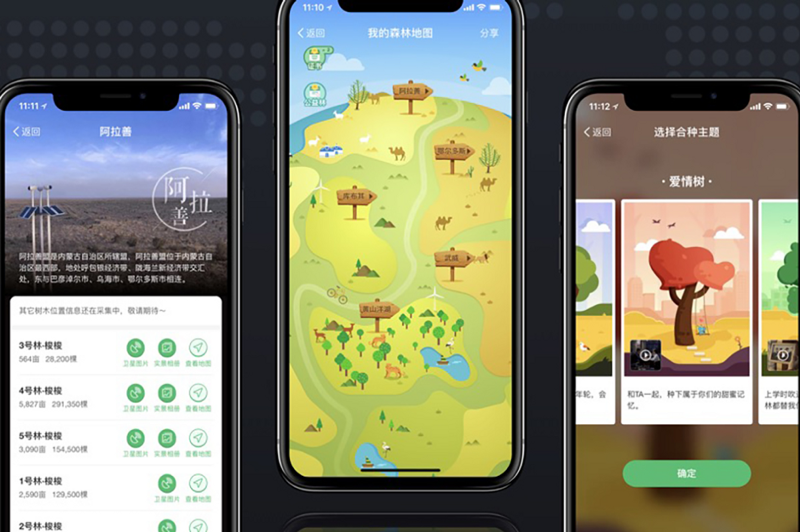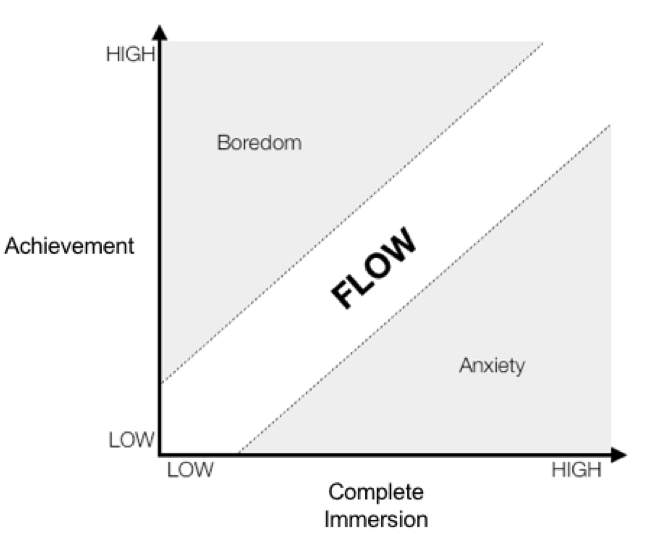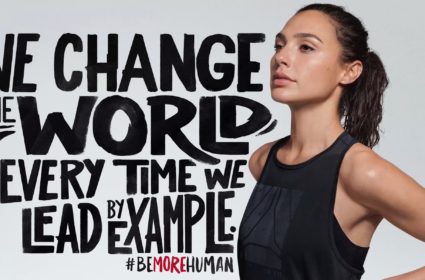The future of gamification… what we’ve been reading this week at Brand Genetics

We’ve been reading all about gamification and a few revealing insights have caught our eye…
Gamification has been on the agenda for a while, but a recent report by JWT looking at its use for social good has caught our attention. This week we explore the rise of gamification, looking at some of the psychological drivers of gaming as well as highlighting a few applications that successfully lead to behaviour change.
What is gamification?
In a nutshell, gamification is the application of gaming elements — like point scoring and competition — to products or services to encourage engagement. Gamification is not new, consider Microsoft’s use of Solitaire in its 1990 Windows release to help people navigate the ‘click-and-drag’ function of the mouse.

AntForest by Alipay
However, companies today have stepped up their game (pun intended) with increasingly creative applications that boost innovation and drive value. As this report by Accenture suggests, a fundamental driver of this shift is the coming of age of millennials, digital natives who have spent their whole lives online. While millennials are driving this change, it is not exclusive to the young, with 37 % of gamers in the US being over 35 years old.
The psychology behind e-gaming
Firstly, gamification is highly collaborative. It requires building a strong sense of community to grow within social networks and acquire more users. It creates a shared sense of purpose, challenge and reward, motivating people to engage more and more often.
Another strong driver of gaming is ‘Flow’. ‘Flow’ is a highly focused mental state, where you are challenged enough to remain interested in a task, but not too much that it causes anxiety. Psychologist Mihaly Csikszentmihalyi claims that achieving ‘Flow’ states are the “key to happiness” (see this piece on ‘user’ experience for more detail). Nick Yee applies this to gaming, stating that in order to keep users engaged they must reach the optimum state of ‘Flow’.

Figure 1
How can gamification have a positive impact on behaviour change and drive profit?
There are several very successful applications of gamification in commercial context which have an impressive impact on behaviour change. However, Nike is really leading the way with several gamified apps. One is NikeUnlocks, Nike’s mobile and Facebook app. A gamified reward system that lets users set personal running goals and rewards them when they reach milestones, it has helped the brand boost revenues by 30%. Another is Reactland, recently launched in China, where consumers can test out trainers with a three minute running game.

Nike Unlocks
Another is The AntForest app, launched by Alipay, China’s leading mobile payment platform. The AntForest app gamifies going green by rewarding users who engage in low carbon footprint activities, such as using public transport or walking to work. Users collect energy points, competing with friends, and if they gather enough points, Ant Financial (Alipay’s parent company) will plant a tree. By the end of 2017, Alipay has planted 13.1 million trees as a result, reducing carbon emissions by a claimed 2.05 million tons. Thus, whether your objective is positive social impact (The AntForest) or driving profit (Nike), it is very clear that gamification is a useful method to add value to consumers and businesses alike.
The HX learnings? Gamification is big business capable of driving innovation, boosting profits and influencing behaviour change. However, it’s only going to be successful if you have a clear objective and tap into the psychological motivations behind it such as building a strong community and encouraging the state of ‘Flow’.
If you would like to know more about how you can apply the psychology of gaming in your innovation process, our in-house neuroscientist would be more than happy to chat!




